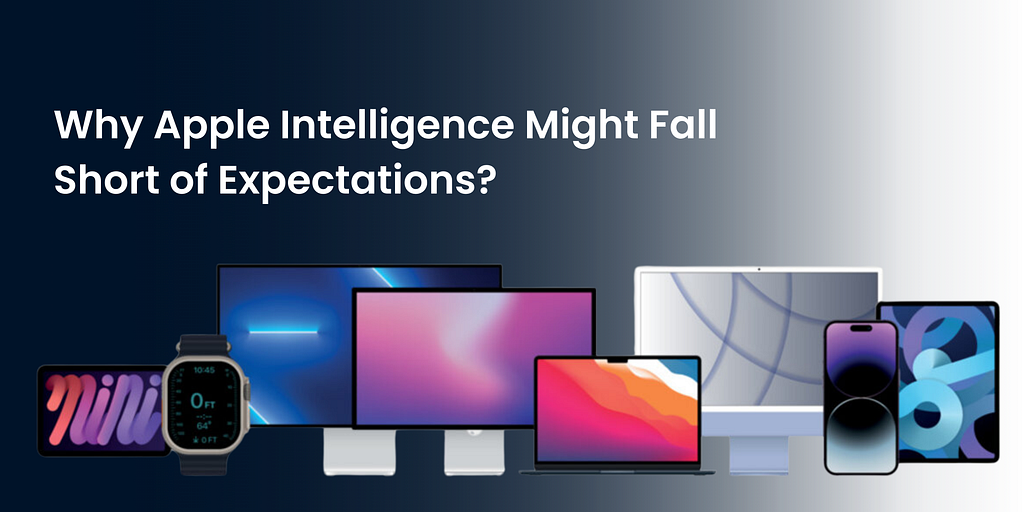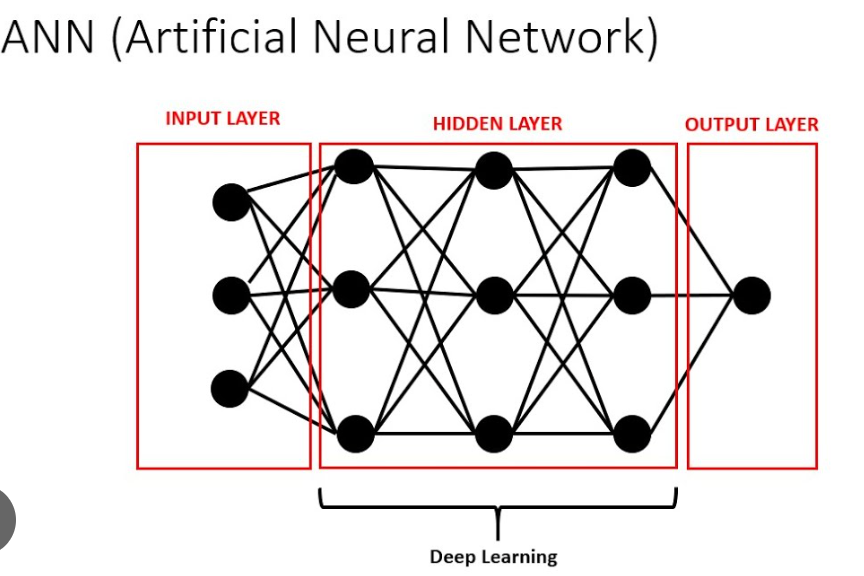Why Apple Intelligence Might Fall Short of Expectations?
As the tech world buzzes with the unveiling of Apple Intelligence, expectations are soaring. The leap from iPhone to AI-Phone paints a picture of a future where our devices aren’t just tools but partners capable of anticipating our needs and actions. Yet, amidst this enthusiastic anticipation, it’s crucial to examine the potential pitfalls that might cause Apple Intelligence to fall short of these lofty expectations.Technological Overreach?The very ambition that makes Apple Intelligence seem revolutionary could also be its Achilles’ heel. Apple plans to seamlessly integrate advanced AI across its suite of devices, promising an ecosystem where your iPad, iPhone, and Mac work together more intelligently than ever. However, the complexity of implementing such deep, cross-platform integration without glitches, privacy issues, or user frustration is immense. Could Apple be promising more than current technology realistically allows?The Privacy ParadoxApple has long championed privacy as a cornerstone of its brand, yet the increased data processing required by Apple Intelligence could strain this commitment. With features like real-time language and image processing touted, the volume of data analyzed by AI will be vast. Even with promises of on-device processing, the potential for privacy breaches grows as more personal information is constantly analyzed by AI. Will Apple manage to uphold its privacy standards, or will the allure of AI functionality tempt it to compromise?User Experience and Learning CurveAnother potential shortfall could be in the user experience. Apple Intelligence introduces a slew of advanced functionalities — from smarter Siri interactions to complex image editing tools. While these advancements are impressive, they also introduce a steep learning curve. Not all users are ready for such sophistication from their devices. The risk? Apple could alienate users who prefer simplicity and reliability over cutting-edge features.Potential for Disruption vs. Practical UtilityAnother area where Apple Intelligence could disappoint is the gap between potential and utility. The tech showcased, like using AI for predictive text or advanced photo editing, is undoubtedly forward-thinking. However, if these features don’t translate into tangible improvements in daily use or if they come off as gimmicky rather than genuinely useful, user adoption may lag. Apple’s challenge is to ensure that Apple Intelligence feels essential, not just impressive.The Compatibility ConundrumLastly, Apple Intelligence will initially only be available on the latest devices equipped with the newest chips. This limitation means that a significant portion of Apple’s user base won’t have immediate access to these features. Limiting cutting-edge capabilities to high-end models could frustrate users who are unable or unwilling to upgrade, potentially slowing down widespread adoption.Conclusion: A Cautious ApproachAs we edge into the AI-Phone era, it’s evident that Apple Intelligence could significantly shift how we interact with our devices. Yet, this new frontier is fraught with challenges that could hinder Apple’s vision from fully materializing. Users, analysts, and enthusiasts should temper their expectations with a healthy dose of skepticism, focusing on the practical implementation rather than the promised revolution.Check out our full analysis here for more information about Apple Intelligence and how it will integrate generative AI into the iPhone, iPad, and Mac.Why Apple Intelligence Might Fall Short of Expectations? was originally published in Becoming Human: Artificial Intelligence Magazine on Medium, where people are continuing the conversation by highlighting and responding to this story.


As the tech world buzzes with the unveiling of Apple Intelligence, expectations are soaring. The leap from iPhone to AI-Phone paints a picture of a future where our devices aren’t just tools but partners capable of anticipating our needs and actions. Yet, amidst this enthusiastic anticipation, it’s crucial to examine the potential pitfalls that might cause Apple Intelligence to fall short of these lofty expectations.
Technological Overreach?
The very ambition that makes Apple Intelligence seem revolutionary could also be its Achilles’ heel. Apple plans to seamlessly integrate advanced AI across its suite of devices, promising an ecosystem where your iPad, iPhone, and Mac work together more intelligently than ever. However, the complexity of implementing such deep, cross-platform integration without glitches, privacy issues, or user frustration is immense. Could Apple be promising more than current technology realistically allows?
The Privacy Paradox
Apple has long championed privacy as a cornerstone of its brand, yet the increased data processing required by Apple Intelligence could strain this commitment. With features like real-time language and image processing touted, the volume of data analyzed by AI will be vast. Even with promises of on-device processing, the potential for privacy breaches grows as more personal information is constantly analyzed by AI. Will Apple manage to uphold its privacy standards, or will the allure of AI functionality tempt it to compromise?
User Experience and Learning Curve
Another potential shortfall could be in the user experience. Apple Intelligence introduces a slew of advanced functionalities — from smarter Siri interactions to complex image editing tools. While these advancements are impressive, they also introduce a steep learning curve. Not all users are ready for such sophistication from their devices. The risk? Apple could alienate users who prefer simplicity and reliability over cutting-edge features.
Potential for Disruption vs. Practical Utility
Another area where Apple Intelligence could disappoint is the gap between potential and utility. The tech showcased, like using AI for predictive text or advanced photo editing, is undoubtedly forward-thinking. However, if these features don’t translate into tangible improvements in daily use or if they come off as gimmicky rather than genuinely useful, user adoption may lag. Apple’s challenge is to ensure that Apple Intelligence feels essential, not just impressive.
The Compatibility Conundrum
Lastly, Apple Intelligence will initially only be available on the latest devices equipped with the newest chips. This limitation means that a significant portion of Apple’s user base won’t have immediate access to these features. Limiting cutting-edge capabilities to high-end models could frustrate users who are unable or unwilling to upgrade, potentially slowing down widespread adoption.
Conclusion: A Cautious Approach
As we edge into the AI-Phone era, it’s evident that Apple Intelligence could significantly shift how we interact with our devices. Yet, this new frontier is fraught with challenges that could hinder Apple’s vision from fully materializing. Users, analysts, and enthusiasts should temper their expectations with a healthy dose of skepticism, focusing on the practical implementation rather than the promised revolution.
Check out our full analysis here for more information about Apple Intelligence and how it will integrate generative AI into the iPhone, iPad, and Mac.
Why Apple Intelligence Might Fall Short of Expectations? was originally published in Becoming Human: Artificial Intelligence Magazine on Medium, where people are continuing the conversation by highlighting and responding to this story.



.jpg)


















